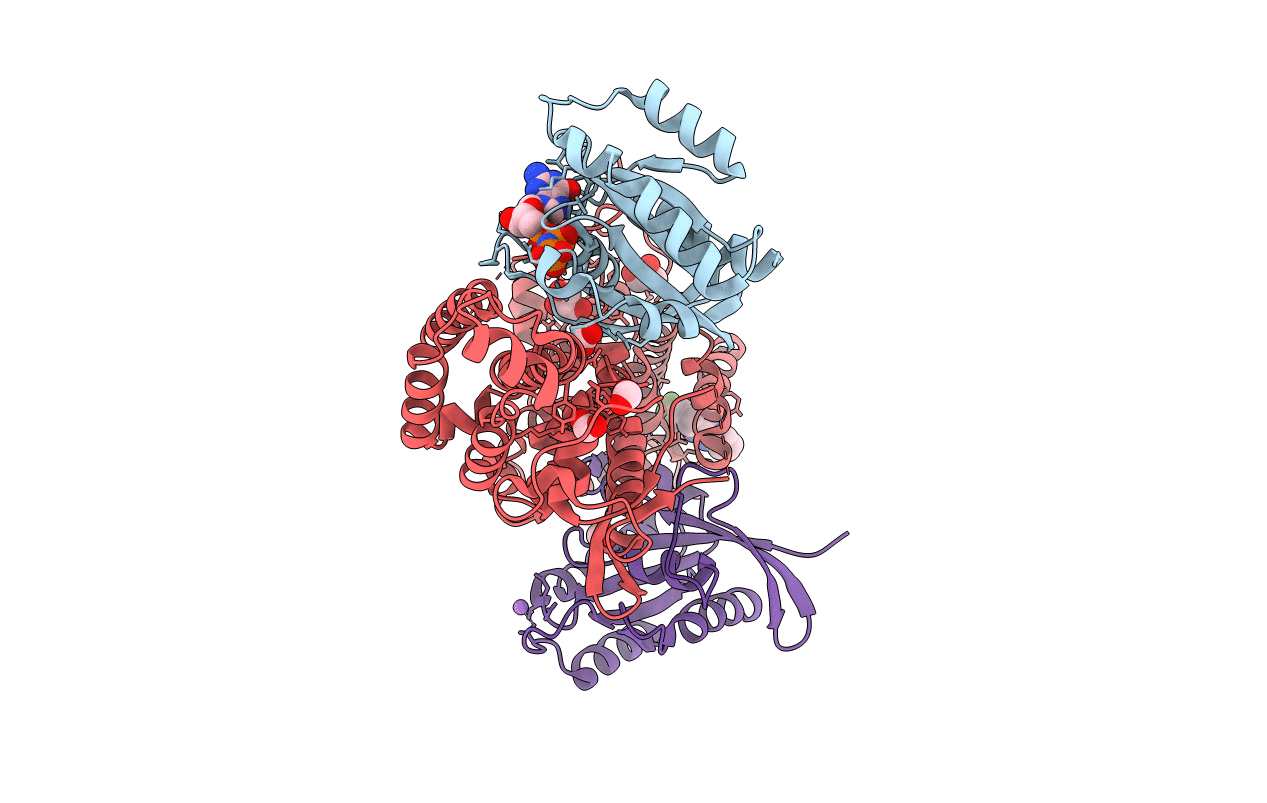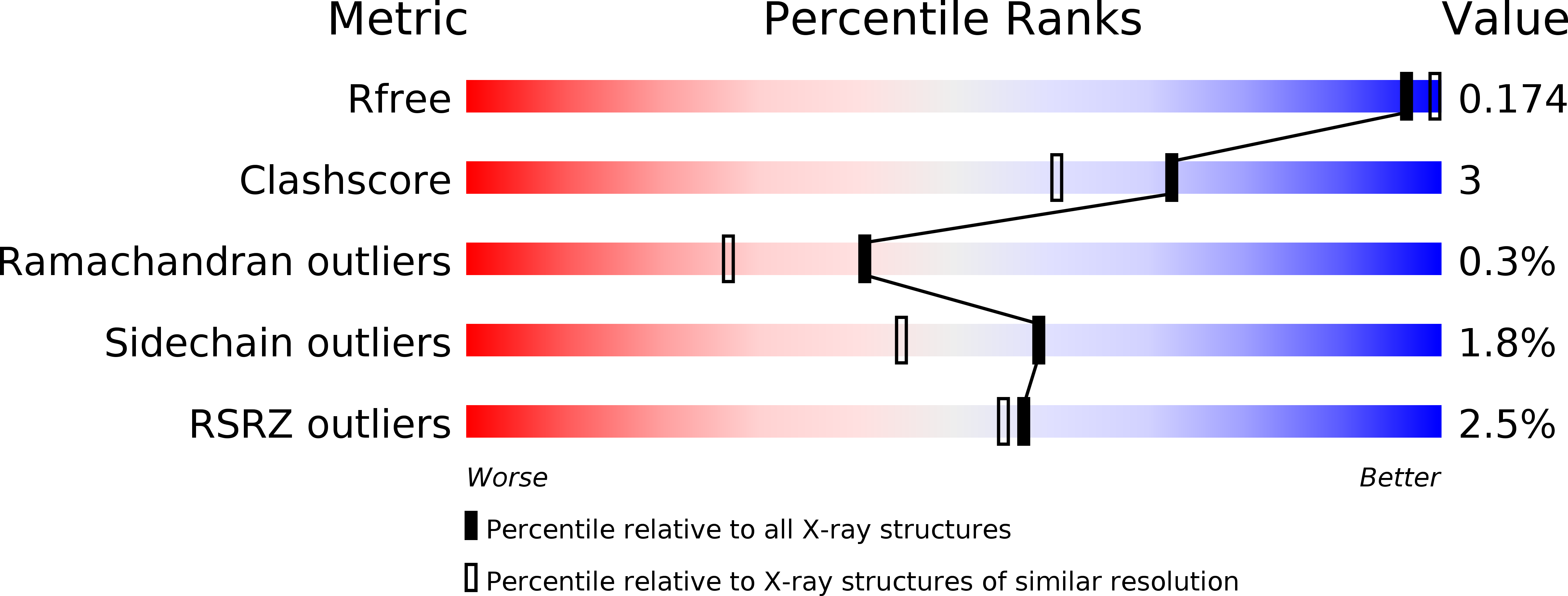
Deposition Date
2018-03-26
Release Date
2019-02-06
Last Version Date
2024-11-20
Entry Detail
PDB ID:
6CUP
Keywords:
Title:
Ras:SOS:Ras in complex with a small molecule activator
Biological Source:
Source Organism:
Homo sapiens (Taxon ID: 9606)
Host Organism:
Method Details:
Experimental Method:
Resolution:
1.83 Å
R-Value Free:
0.17
R-Value Work:
0.16
R-Value Observed:
0.16
Space Group:
I 4 2 2


